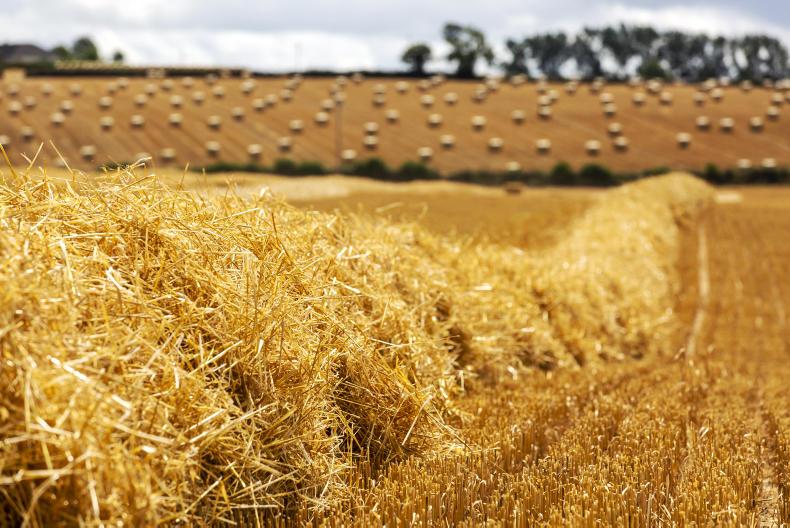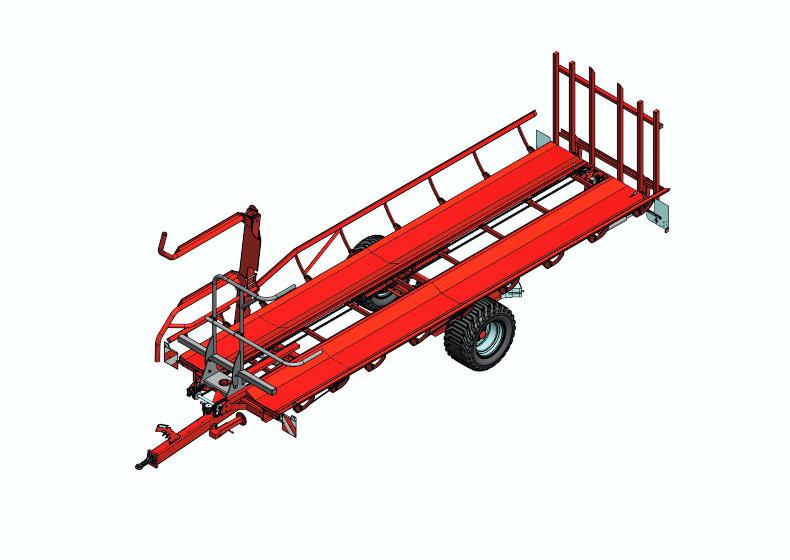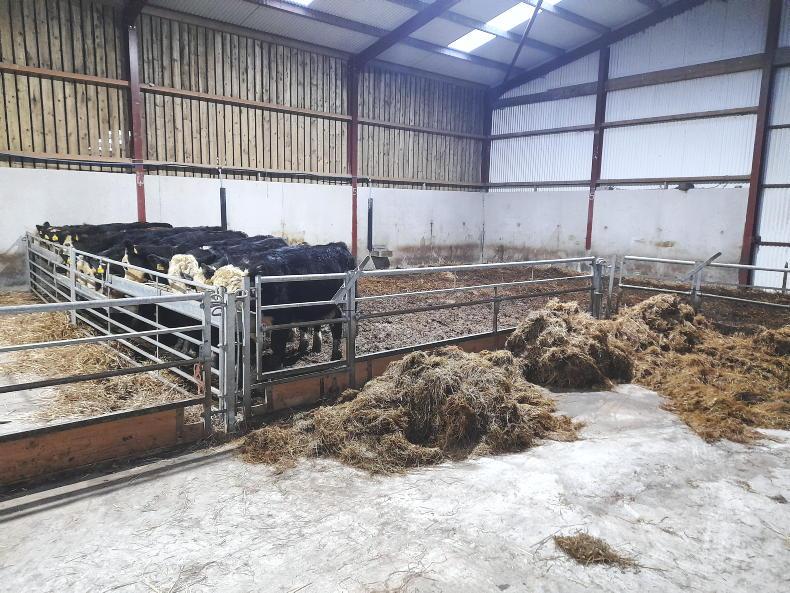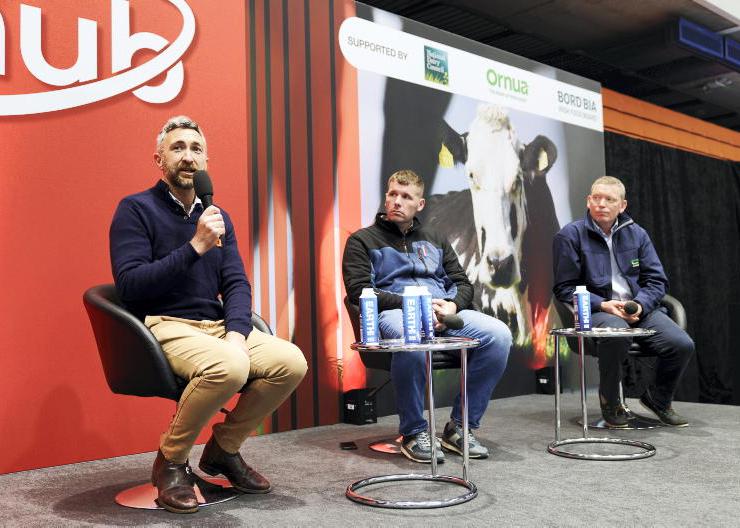With an amount of straw now baled, the impact of the winter wet and summer drought is more apparent.
Straw yield in the good crops is described as good but demand in the south is slow as there seems to be surplus fodder.
As a result, some growers are chopping straw on headlands and in parts of fields where the crop was very variable following the winter wet.
In general, straw yields from the best crops are only about 10% lower than normal
In the regions where grain yields were hit by drought, straw yields are also affected. Some of the worst-hit fields have only produced five to six 4x4 round bales per acre but seven bales per acre is quite common so far. This is around 50% of a normal straw yield.
In general, straw yields from the best crops are only about 10% lower than normal. Crops that were thinned by winter rain tend to be back by 20% to 25% and those worst-hit by drought are back by up to 50% on last year.
Spring barley
With much of the midlands and north badly hit by drought, overall straw availability will inevitably be well back this year. In these same regions, it seems inevitable that spring barley straw yield will also be lower.
The Irish Grain Growers has warned that this significant reduction in a big area of the country will inevitably leave straw scarce and the group reminds farmers who want straw to secure supplies soon.
While overall requirement may be back, those who need straw should secure supplies soon.










SHARING OPTIONS